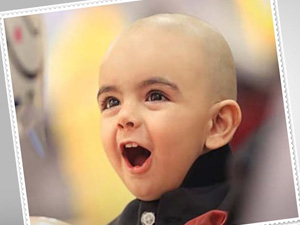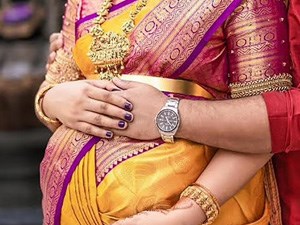MUNDAN, TONSURE, MUDI RITUAL
1) Tradition:
In Hinduism, a Yajna is a ritual offering accompanied by chanting of Vedic mantras mentioned in the Brihadaranyaka Upanishad
There are 400 yajnas described, of which 21 are compulsory called Nityakarmas. Of these 21, two must be performed daily, three over the course of a year and the remaining 16 over the course of a lifetime.
One of these sixteen nityakarmas, the seventh one to be specific, is chudakarma/caula or mundan.
To give a context, some of the other nityakarmas are: annaprasana, karnavedha, vidyaarambha upanayana, vivaha
2) Beliefs:
It is believed that the hair from birth is associated with undesirable traits from past lives. Thus at the time of the mundan, the child is freshly shaven to signify freedom from the past and moving into the future. It is also said that the shikha ( juttu), a tuft at the crown of the head, protects the memory.
According to the Hindu scriptures, a soul passes through eighty-four lakh ‘Yonis’ before it gets to acquire a human body. Each ‘Yoni’ has an influence on the child. Mundan causes purification and cleanses the Little one from all undesirable elements of the earlier births.
3) Ayurveda
Also ayurveda recommends shaving it as a remedy to cure ringworm and lice. But shaving off the Little1’s head can make the parents a little jittery because it can lead to head injuries and wounds. Both these reasons together gave rise to the mundan ceremony. With divine blessings, Indians believe that all fears will banished.
4) Myths
- Children will be blessed with a long life
- It makes the Little1s less cranky when they are teething
- It leads to better hair growth
- The brain nerves develops and works better
- The child is protected from the evil eye

5) Tonsure in Many Other Religion & Country:
Most Hindu families conduct a Mundan ceremony or chudakarana for their infants. Muslims also shave off the baby’s head while Sikhs do a kesi dahi ceremony in which curd is poured in the hair of a newborn baby boy. In Islam, it is done between 7-40 days for hygiene purposes and hindus do it anytime after 4 months but mostly around 9 months, 1 year and 3 years.
it was a practice followed by all religions and used to be performed by native Americans as well.
6) Few Credible Points
A fully clothed baby may make Vitamin D faster if a tonsured head is exposed to sunlight.
Baby would also pull its own hair and the matted hair would get stuck in her fingers and would hurt her.
Getting a mundan done for my baby also helped with getting rid of its cradle cap.
The hair might look fuller and better after baby’s first tonsure because the hair grows out evenly
Some religions simply perform mundan to celebrate the milestone of the baby
The significance is to draw attention of parents towards the mental and spiritual development of the child and to keep the society informed about the progress that the child is making.











